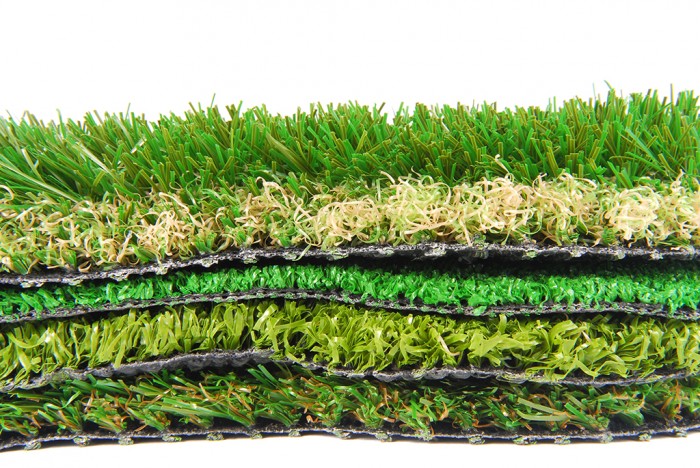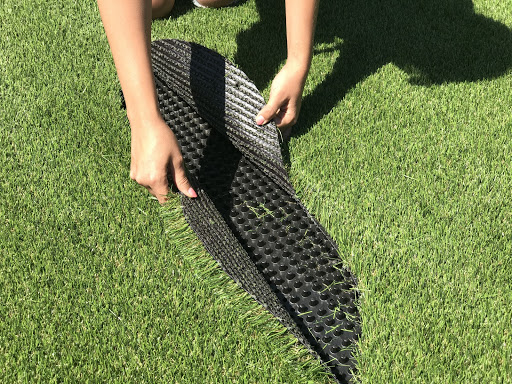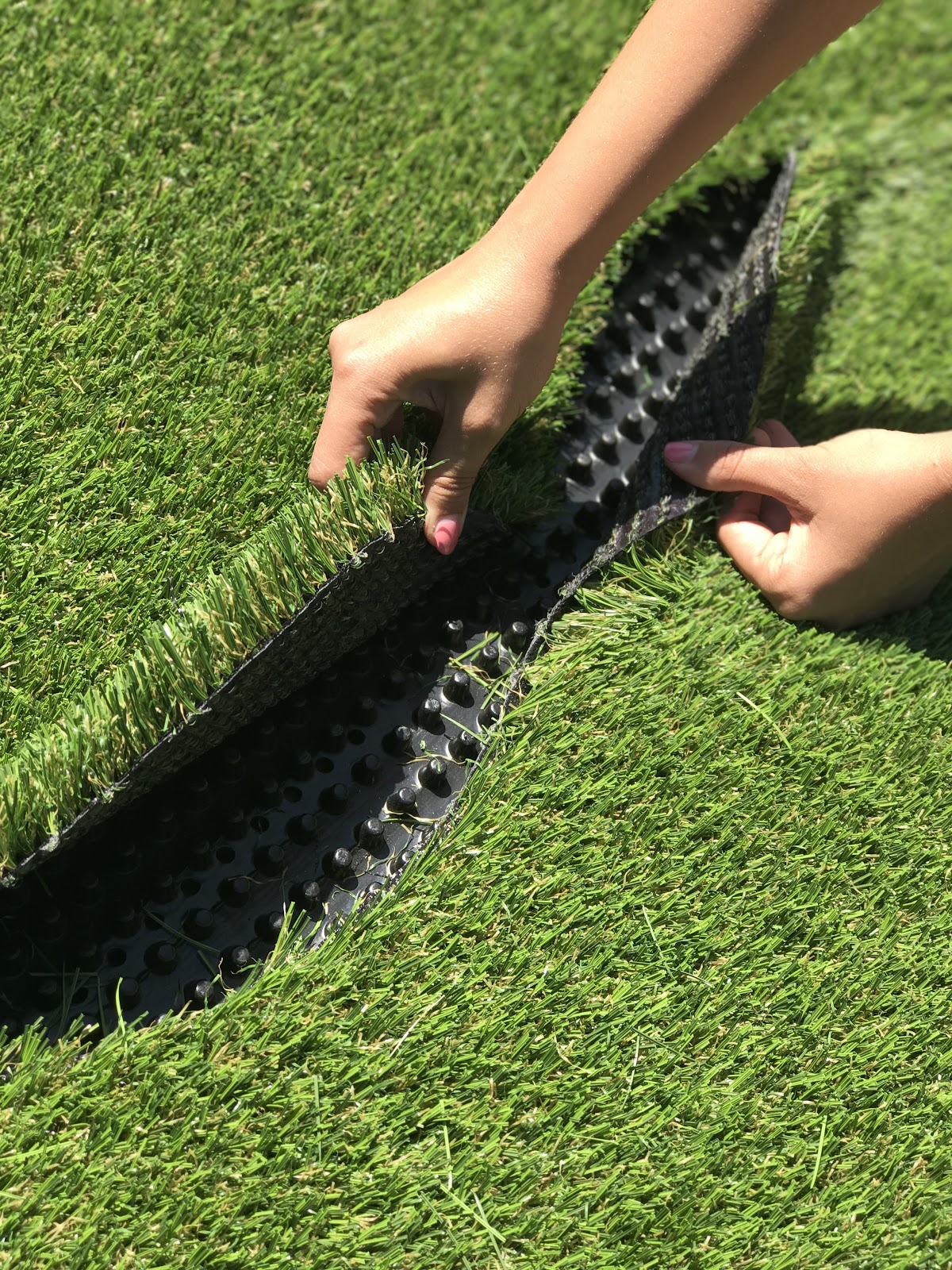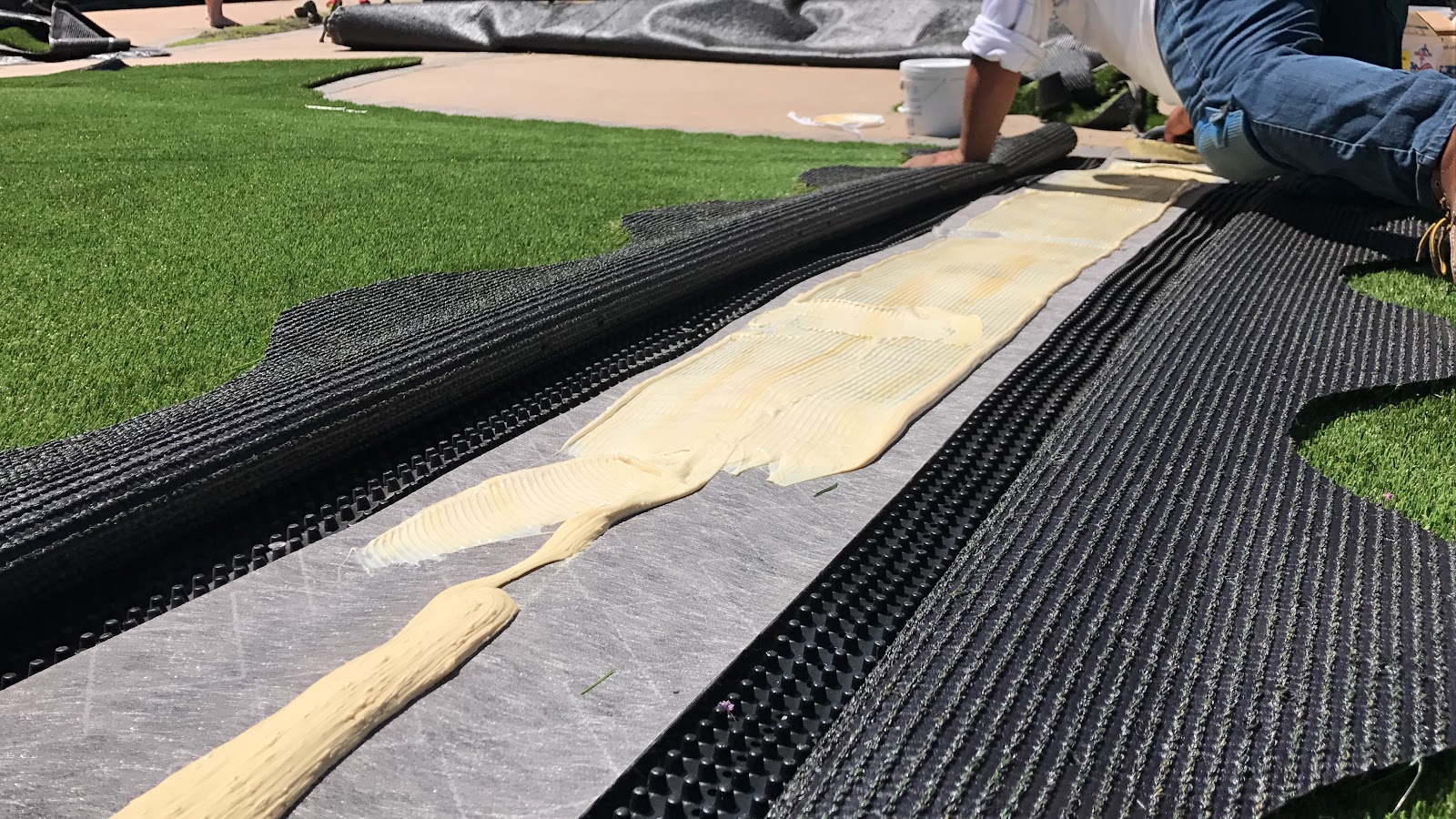
Originally posted on August 12, 2016
Synthetic grass delivers the benefits of natural grass without the constant maintenance that comes with it. Have you ever fantasized about having an impeccably manicured lawn in your backyard? Or perhaps you have your sights set on an exceptional sports field, a high-end batting cage, or a dream putting green for golf enthusiasts? Choosing the right artificial turf for your project is crucial, and understanding some important aspects of it is the first step. This message is for DIY home improvers, sports aficionados, and lovers of the great outdoors! Pay attention because this information will help you transform your area effortlessly, no need for a green thumb. Continue reading, because who wouldn’t desire a beautiful, low-maintenance green space? Immerse yourself in the turf world and uncover secrets that will leave your neighbors in awe. Don’t go anywhere; you’re about to discover some truly innovative treasures!
As you start browsing the different types of artificial turf available, you will begin to notice terms that you may not be familiar with. From face weight to back weight, every technical specification has a distinct meaning and its variance changes the features of the turf.
Let’s break down key terms that you should know when shopping around for artificial turf.
What is artificial turf?
Artificial turf is a material that is designed to look and feel like real grass but is made from synthetic materials. It can be made from many different materials and has a wide variety of functions, from sports fields to front lawns.
Synonyms for Artificial Turf
When you hear someone talking about one of these things, know that these terms are synonymous with artificial turf:
- Artificial grass
- Artificial sod
- Synthetic grass
- Synthetic turf
- Synthetic sod
The 7 Most Important Terms to Know When Buying Artificial Turf
There are a number of terms that are helpful to know when selecting turf. The seven key terms to know are as follows:
1) Back Weight
Back weight is the total weight of the primary backing and secondary coating per square yard of turf. The backing of your artificial turf is what holds everything together, so it’s critical that this component of the turf is durable. The higher the back weight, the more durable your backing will be. As such, heavily used turf benefits from the highest back weight possible.
Average turf has around 26 ounces of back weight (6 ounces of primary backing and 20 ounces of secondary backing). It’s recommended to stay in this range or higher. The only time that you would want to consider a turf product with a lower back weight is if the turf is purely decorative and will not be used very often.
2) Front/Face Weight
This measurement refers to how many ounces of yarn are used per square yard of turf. The higher the face weight, the longer and denser the turf’s artificial grass will be. This creates a lusher, more well-grown appearance, and also causes the turf to feel softer as you walk on it. Front/face weight is seen as a key indicator of overall turf quality based on density.
3) Infill
Blades of grass on artificial turf don’t stand up on their own! It’s the infill that keeps the blades upright and protects the grass backing from damage that would be caused by UV rays. Infill also helps the turf retain its “springy” feeling over many years.
There are three main types of infill:
- Round silica granules – Round silica granules help turf retain its spring and structure due to their rounded shape.
- Crumbled rubber – Crumbled rubber normally comes from recycled car tires and makes a nice, long-lasting infill option.
- Subangular silica – Subangular silica is one of the least expensive options, but its edges slowly break down from friction and lose their shape. It’s possible to combine this material with other infills to protect against wear.
There are a number of variations of the main types of infill that are specialized for uses, like infill designed sports fields, cooling infill to help reduce the temperature of turf in hot climates, or pet infill with anti microbial and anti odor properties.
Be careful not to use non-infill materials like sand, which can cause weeds to germinate and grow within the turf. Weeds can damage the turf and spoil the aesthetic of an otherwise beautiful landscape.
4) Pile Height
You want your grass to be lush and beautiful. The pile height, which is the length of the longest blades in the turf, plays a key role in this. A good pile height will make your turf look like a perfectly grown bed of grass.
Pile height also affects the utility of the turf. For example, a football player’s body will undergo a lot of stress on the field, so it’s important to have a turf that provides a slight cushion against impact. To this end, most font-athletic turf fields have a pile height of 2 to 3 inches. A dog, on the other hand, does not need this length of grass to run around comfortably. Pile height of 1 to 1.25 inches is usually best for dogs, which also makes cleanup easier.
When considering which pile height is best for your needs, also think about matting. This is a reduction in pile height caused by continuous impact on the turf (walking, running, etc). If you want your turf’s pile height to be at least 1 inch for its lifespan, then you may want to consider a 1.25-inch option to compensate for matting.
5) Roll Width
Turf is not installed by cutting a large sheet of material to fit the dimensions of your field or lawn. Most rolls are typically 12 to 15 feet wide, and the length is cut to size. A large lawn or sports field would require multiple, full 15 ft roll widths for installation, simply because this will minimize the material waste and labor required. A small lawn, on the other hand, may require only a 12 ft roll width to minimize cutting and wasted material during the installation.
6) Total Weight
This indicates the combined face weight and backing weight. It is critical to understand this term because each turf product is marketed differently. For example, one type of turf may have a listed weight of 70, whereas another has a listed weight of 55. The first option initially seems better, but the two brands are listing the turf weight in different ways. The turf listed with a weight of 70 includes the total weight, whereas the turf listed with a weight of 55 includes the front weight only. When you add the second turf’s back weight of 28, its total weight becomes 83, which significantly outclasses the first option.

7) Yarn
All artificial turf is not composed of the same material. The material that the artificial grass is composed of is identified by the yarn type. Each yarn type has unique properties that make it best suited for specific functions.
Nylon yarn, for example, is an outstanding option for creating a beautiful lawn. However, because nylon is very permeable, it is not a good option for use with pets.
Polypropylene, on the other hand, is extremely rugged, but not as aesthetically appealing as nylon.
Polyethylene yarn strikes a good middle ground between nylon and Polypropylene to balance between aesthetic appearance and toughness.
Turf Terminology (in Alphabetical Order)
There are a number of elements that make up the final product of artificial turf. It helps to know these elements and how they affect the qualities of an artificial turf, (such as appearance, texture, and durability) when selecting turf.
Backing
The backing is the grid or the mesh back of a panel of turf which fibers are stitched to.
Base
Base refers to whatever the turf is installed upon. Whatever this base ends up being, it must absolutely be level or graded for the turf to attach. Usually, common bases are gravel, concrete, or packed earth. In addition to those,, the addition of drainage tiles may be used to prevent flooding in certain instances, such as pet turf or in climates with a lot of rainfall.
Fibers
Fibers is the term used to refer to the individual blades of artificial grass that are sewn into the panel.
Gauge
The gauge of artificial turf usually refers to the width between rows of stitches in a given weave of turf.
Grain
Like in woodworking, grain refers to the direction of fibers/tufts/pile within a piece of material.

Joint
Joint refers to the seams at the edges of each panel of artificial turf.
Panel
A panel refers to each section of the overall installation of a given turf project. You can think of a panel as a large section of each piece of turf.
Pile
Pile refers to the specific length of fibers within a panel of artificial turf.
Pile Direction
For all relevant purposes, pile direction usually means the same thing as grain.
Roll
This is another way to refer to an individual unit of turf, usually, the term panel and roll are used interchangeably.

Seam
The seam is where panels meet and are secured in a given installation.

Seam Tape
Seam tape is a layer placed beneath the artificial turf with adhesive to bond the seams together.
Slit Film
A specific formation of fibers in sports turf to increase traction and durability. Slit film fields are woven from a single piece of flat plastic. This weaving style creates a canopy protecting infill and is designed to break down over time, becoming softer.
Stitch
The stitch refers to each row where the fibers and tufts are stitched to the backing of each panel.
Surface
The surface refers to what is underneath the base. It can be soil, concrete, and other materials. In some instances, surface and base are synonymous.
Thatch
Thatch is additional fiber, pile, filament, color, and density that is added to a panel to mimic the inconsistency of natural grass.
Tuffs
Tufts are the individual units of fibers in stitches.
What is the best artificial turf product for your needs?
Knowledge is key when choosing your turf. Armed with information on turf terminology, you should be more prepared to make the right decision for your needs. If you have any other questions about turf specifications or you would like assistance in selecting the right turf for your project, contact the experts at Turf Factory Direct today.
Types of Turf
At Turf Factory Direct, we break down and sell turf in 6 main categories:
- Landscaping turf– Landscaping turf is specifically designed for outdoor use in landscaping functions, so yards, grounds kept areas, etc.
- Pet turf – Pet turf is in the name: artificial turf that’s safe for pets to use. These types of turf are usually very durable and are designed for use with infills that make cleaning up waste and maintaining hygiene easy.
- Sports turf – With specifically formulated fibers and tufts, these types of turf are designed for impact sports and other events that require traction, running, and cushion.
- Indoor/ gym turf – There are indoor formulations of artificial turf that are specifically made for indoor and gym use.
- Putting green turf – Everyone has been on a putting green or miniature golf course, and this type of turf is made specifically for that.
- Playground turf – Playground turf is designed to be cleaned easily and make a safe space for children to play on.
We hope these definitions have been useful, and if you’re looking to get started on creating an artificial turf landscape of your own, get in touch with one of our customer service representatives.









